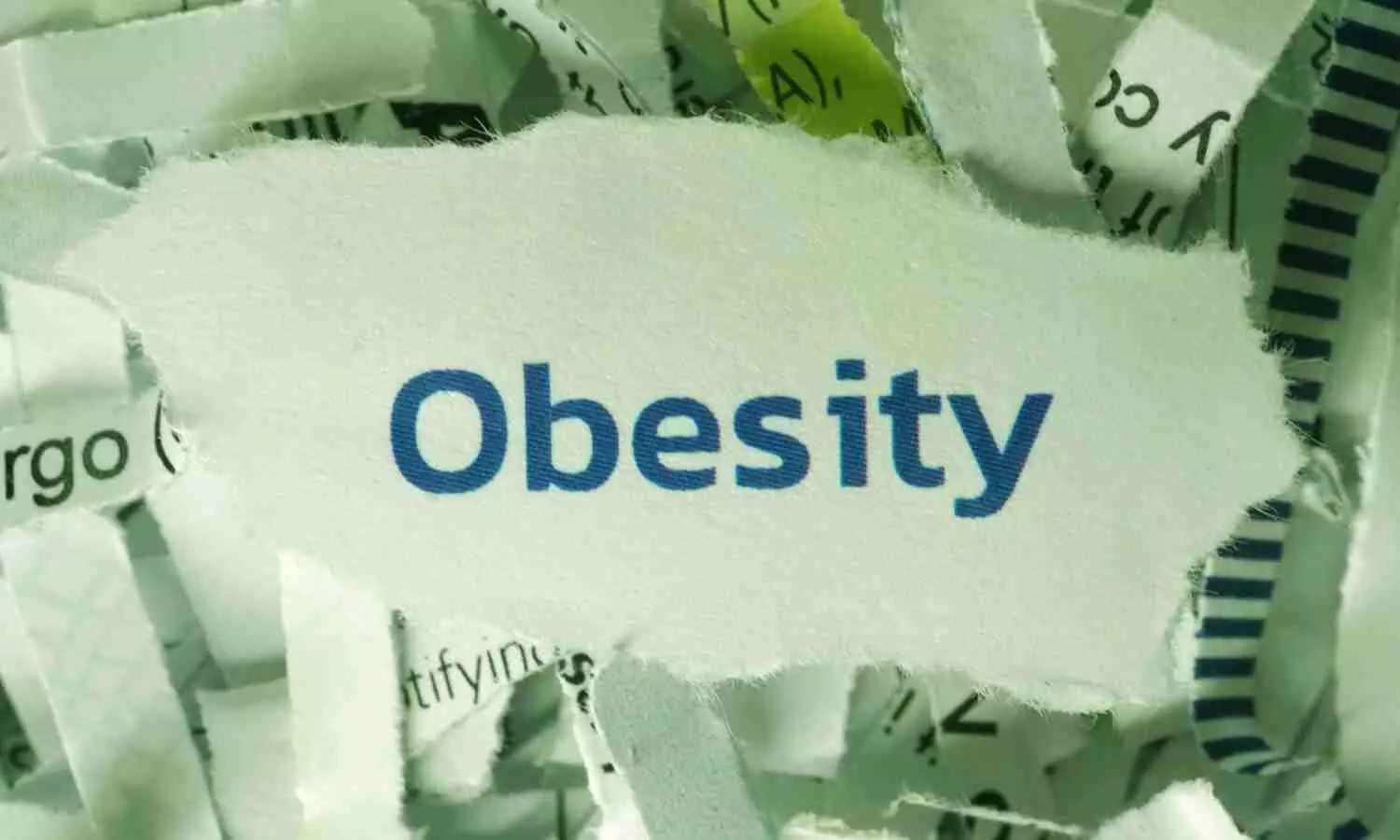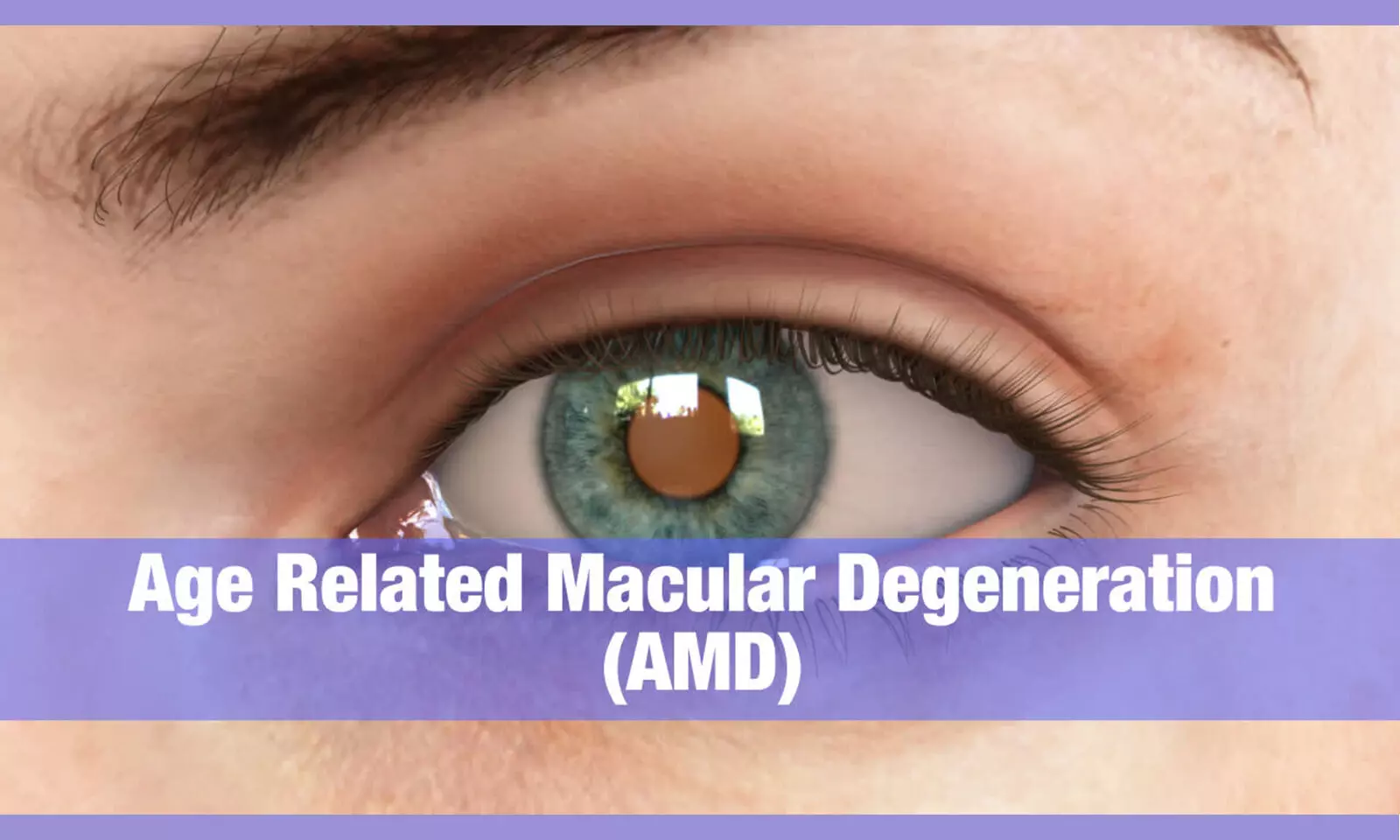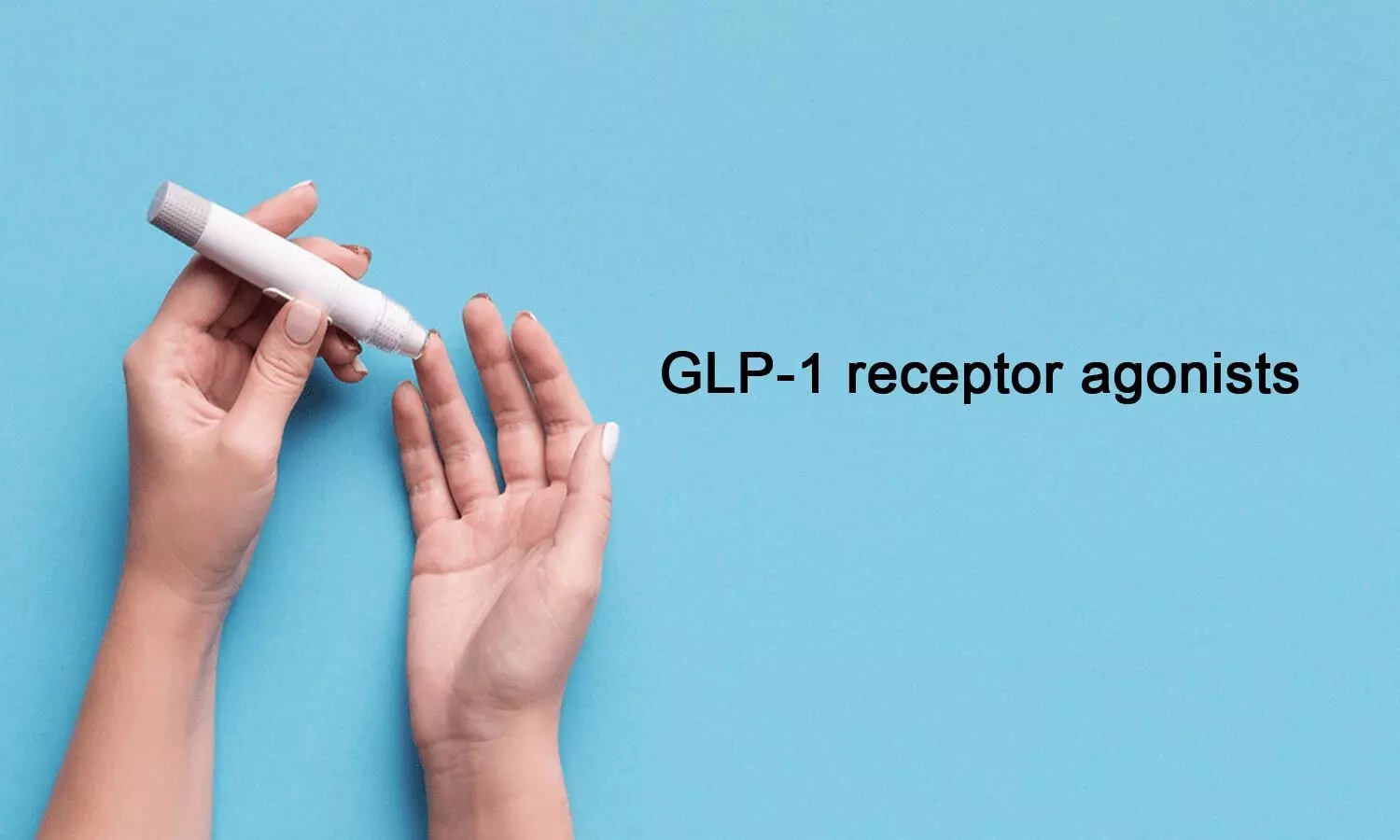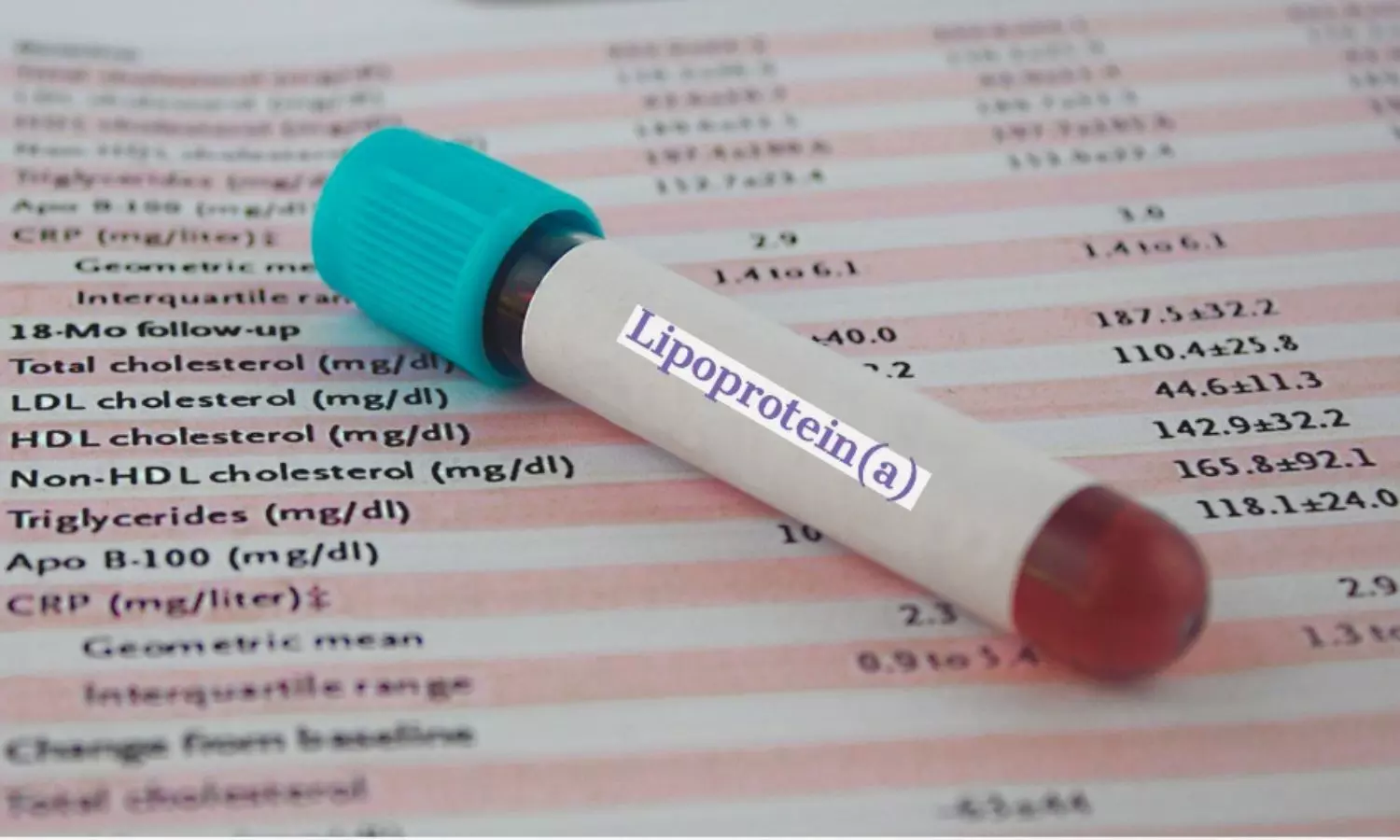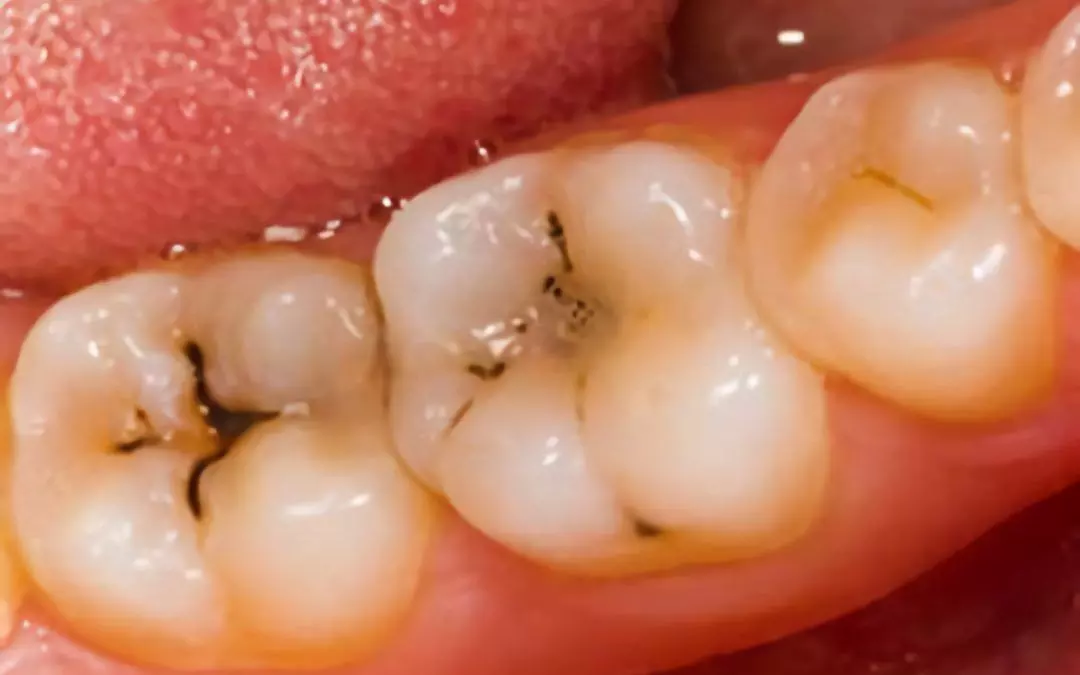
New Delhi: Expressing serious disappointment towards Patanjali Ayurved for neglecting to submit a response to its notice, the Supreme Court today issued a contempt notice to Baba Ramdev (Co-founder of Patanjali) and has summoned him along with its Managing Director Acharya Balakrishna to appear in court in person in the next hearing.
The court issued the directive while hearing the case, as the firm did not comply with a contempt notice related to Patanjali’s breach of commitment to stop publishing misleading advertisements about medicinal cures.
Clarifying that two weeks were given to Patanjali Ayurved and its MD for a response regarding the issue, the Bench comprising Justices Hima Kohli and Ahsanuddin Amanullah observed “On the last date of hearing, notice to show cause was issued to the Respondent No. 5(Patanjali) and its Managing Director as to why the contempt of court proceedings should not be initiated against them…a period of two weeks was granted to file a reply and reply is not on record”
After being informed that a reply was not filed in this regard, the court responded, “That is not good enough for us…we have taken it very seriously. If you are not filing it means that there will be orders and consequences that follow.” Consequently, Justice Kohli also asked the reason for not filing the reply given that a longer timeline for two weeks instead of one week was granted.
Dissatisfied with the advocate’s response, the court proceeded to issue an order requesting the personal presence of Acharya Balakrishna. In addition to issuing a Contempt notice to Baba Ramdev, it also ordered his personal appearance.
During the hearing session today, the court said “In view of the aforesaid facts and circumstances, it is deemed appropriate to direct the presence of the MD of Resp 5 on the next date of the hearing. Further, having gone through the advertisements issued by Respondent No. 5 in the teeth of the undertaking given to this Court on 21.11.2023 and on noticing that the said advertisements reflect endorsements thereof by Acharya Ramdev, it is deemed appropriate to issue show cause notice as to why the contempt of proceedings should not be issued against him in view of the fact that this Court is prima facie of the opinion that he has also violated the provisions of Section 3 and 4 of the Drugs and Magic Remedies Act…..
List on [..],the proposed contemnor/ managing director of respondent no. 5 shall remain present on the next date of hearing along with the newly impleaded proposed contemnor Acharya Ramdev,”
Medical dialogues team recently reported the incident where the Supreme Court slammed the Ayurveda organization and issued a contempt notice to Patanjali Ayurved and its Managing Director Acharya Balakrishna.
Also read- Misleading Ads Claiming Medicinal Cure: Supreme Court Slaps Contempt Notice On Patanjali
The IMA filed a plea seeking to put a stop to the “smear campaign” and negative advertisements by Patanjali against modern medicines and especially the vaccination drive during the pandemic.
The plea specifically referred to an advertisement titled “MISCONCEPTIONS SPREAD BY ALLOPATHY: SAVE YOURSELF AND THE COUNTRY FROM THE MISCONCEPTIONS SPREAD BY PHARMA AND MEDICAL INDUSTRY,” published on July 10, 2022. The IMA alleged that Patanjali’s advertisements violated laws such as the Drugs & Other Magic Remedies Act, 1954, and the Consumer Protection Act, 2019, by making unverified claims.
Moreover, the petition highlighted Ramdev’s previous controversial remarks, including denigrating allopathy as a “stupid and bankrupt science” and spreading false information about deaths due to allopathic medicines during the COVID-19 second wave. Patanjali was also accused of contributing to vaccine hesitancy and belittling citizens seeking oxygen cylinders during the pandemic’s peak.
Despite a Memorandum of Understanding between the Ministry of AYUSH and the Advertising Standards Council of India (ASCI) aimed at monitoring misleading advertisements of AYUSH drugs, Patanjali continued allegedly violating laws with impunity, the petition added.
Even though last year in November, Patanjali had assured the top court bench that no such statements would be made, the practice continued. The Apex Court bench prima facie observed that the company had violated the undertaking and asked the company and its Managing Director to show cause why action should not be taken against them for the contempt of the court.
While considering the plea filed by the Indian Medical Association (IMA), the court also restrained the Ayurveda company from advertising or branding its products which are meant to address the diseases/disorders specified in the Drugs and Magic Remedies (Objectionable Advertisements) Act 1954.
Last year in November, the Apex Court pulled up Patanjali Ayurved for persistently disseminating misleading claims and advertisements against modern medical systems and warned of a Rs 1 crore penalty if it does not put a halt to such practices in future.
Following this, the counsel for Patanjali had assured that they would not publish any such advertisements in future and they would also make sure that the casual statements are not made in the media. Previously, the top court bench had recorded the undertaking in its order.
While agreeing that such misleading ads cannot be accepted, the counsel for the Union Government submitted that it is for the concerned States to take action under the Act. Hence, the bench asked the Union to file an affidavit explaining the steps it has taken.
When asking about the affidavit, ASG K.M. Nataraj apprised the Bench that it was filed yesterday but was not officially recorded.
On this, Justice Kohli orally asked the ASG as reported by the Live Law “Why did you file it one day before?”
Further, the Court granted the Union of India the last opportunity to make sure that the counter affidavit filed is on record and that copies are furnished to all the relevant parties.
“Ld. ASG appearing for the Union of India had informed the Court that the additional affidavit filed by the Union of India was not sufficient and it be permitted to file a fresh affidavit while withdrawing the earlier affidavit. Permission was granted to the Union to file fresh affidavit setting out the steps taken by it in terms of the order passed in Nov 21.11.2023. The said affidavit is also not on record. It is stated that by Ld. ASG that as per his instructions, the affidavit was filed only yesterday at 5:45 pm. No wonder the said affidavit is not on record,” concluded the court.
Also read- SC Slams Ramdev Over Plea By IMA, Says He Shouldn’t Criticize Other Systems Of Medicine


